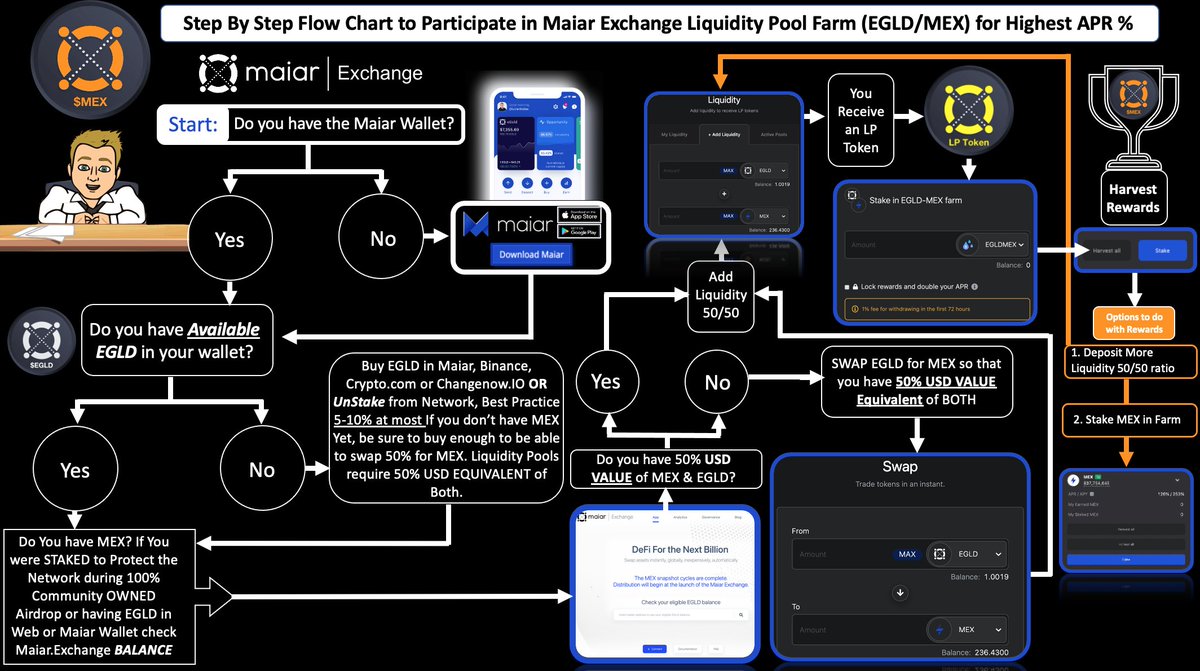
1/ Wow this man is relentless. I grew up in a cult & he doesn’t ask questions just keeps on preaching. U R wrong, sir. U appear more like a preacher in cult religion with your approach of communication than someone looking to find truth or clarity. Let me explain $eGLD $XRD
https://twitter.com/f_pieper/status/1438508758120861710
2/ Elrond’s Architecture is designed form a first principles standpoint to solve this as it relates to sharding. This has never been done but you have chosen to assume you understand because you looked up “atomic cross composability” or U simply read the marketing $XRD provided
3/ Elrond $eGLD is the first architecture to be able to scale smart contracts via sharding. They combine a cohesive protocol design that includes all 3 types of sharding (Network, State, & Transaction). This allows for Scalability without affecting availability (so atomic cross
4/ composability is not needed to do all the DeFi products you are referring too that supposedly requires “atomic cross composability”. It allows for fast dispatching & instant traceability which requires that computing the destination shard of a transaction must be deterministic
5/ & also trivial to calculate, eliminating the need for communication rounds. It further achieves this via efficiency and adaptability which allows any Smart contract that typically interacts with another to be moved within the same shard & even in case of cross shard execution.
6/ Arwen Virtual Machine (WASM) which executes the Smart Contracts to understand that by design it can do all the DeFi products that U are referring too that U falsely believe can only happen vi “atomic cross composability” & NOT limited to “payments or transactions scaling” only
7/ Arwen is a stateless VM when a smart contract (SC) is being exectued it’s NOT allowed to write directly to neither the blockchain nor the storage. This is KEY. Instead of writing directly to the state, the API will accumulate the changes introduced by the smart contract (Sc)
8/ execution into a TRANSIENT DATA STRUCTURE, which is then applied to the storage and/or Blockchain. BUT ONLY at the end of the execution & only in case of success. Reading the global state though is permitted at any time. In Fact, the global state remains unaffected until the
9/ the execution ends. Smart contracts may call each other using Arwen's asynchronous API. Because the Elrond Network is sharded adaptively, it may happen that a smart contract will end up calling another smart contract stored by a different shard. This is handled easily by the
10/ Arwen VM, and the smart contract developer never has to care about shards In case a contract calls another, and they are both in the same shard, the execution is effectively synchronous, and both contracts are executed without even leaving the VM.
If the contracts happen to
If the contracts happen to
11/ be in different shards, no worries - the execution will be automatically switched to an asynchronous mode, the call is sent to its destination shard, executed there, and then the flow finally returns to the caller. Both the synchronous and asynchronous modes are invisible to
12/ the smart contract developer: the API is the same for both, and the switch happens at runtime, when needed. If you want a deeper insight as to what cross shared TX Look like please see here: docs.elrond.com/technology/cro… So back to the original point, with this architecture design
13/ in the same way atomic composability ensures all parts of a transaction either succeed or fail, so does the @ElrondNetwork architecture & can do all the DeFi products that atomic composability can do. U have to open your mind, understand that things do not exist in isolation
14/ as it relates to concepts without understanding. I would advise you to continue your efforts with learning to appropriately ask question, not communicate propaganda. All the best to you in your future findings of truth, clarity & understanding $eGLD $XRD #crypto #DeepResearch 

• • •
Missing some Tweet in this thread? You can try to
force a refresh








